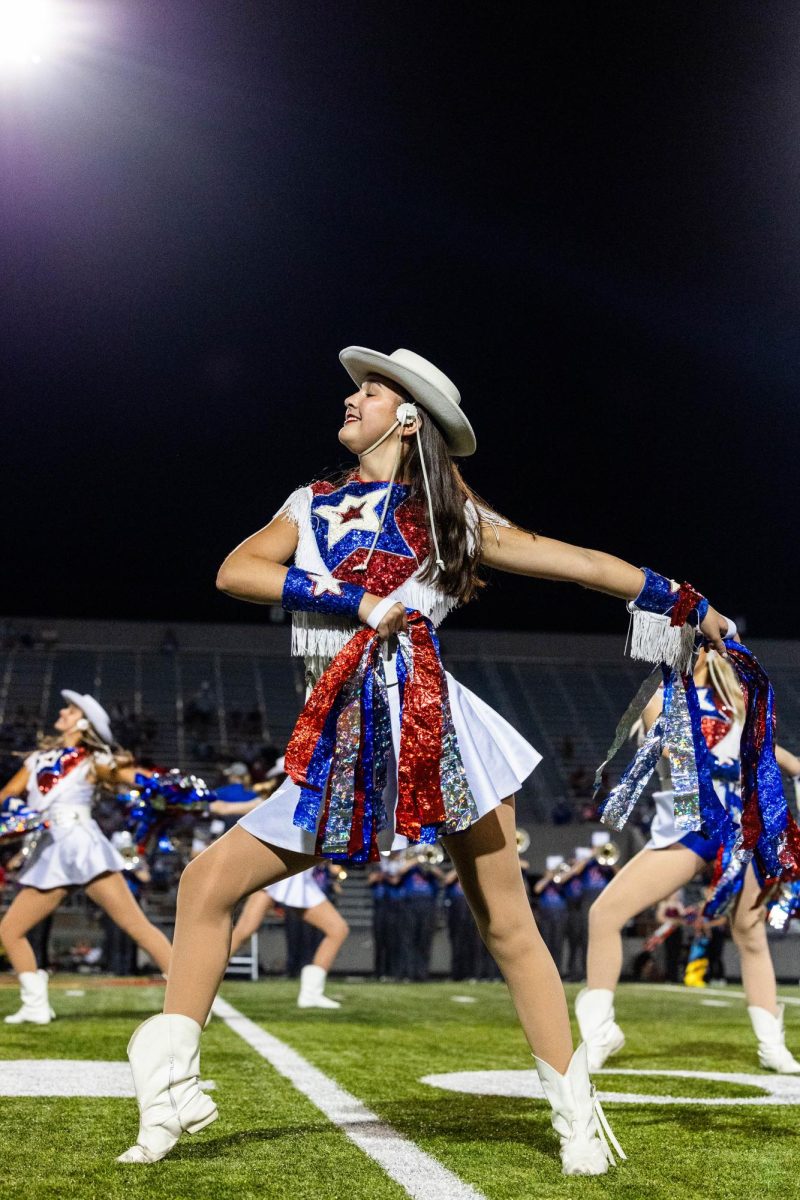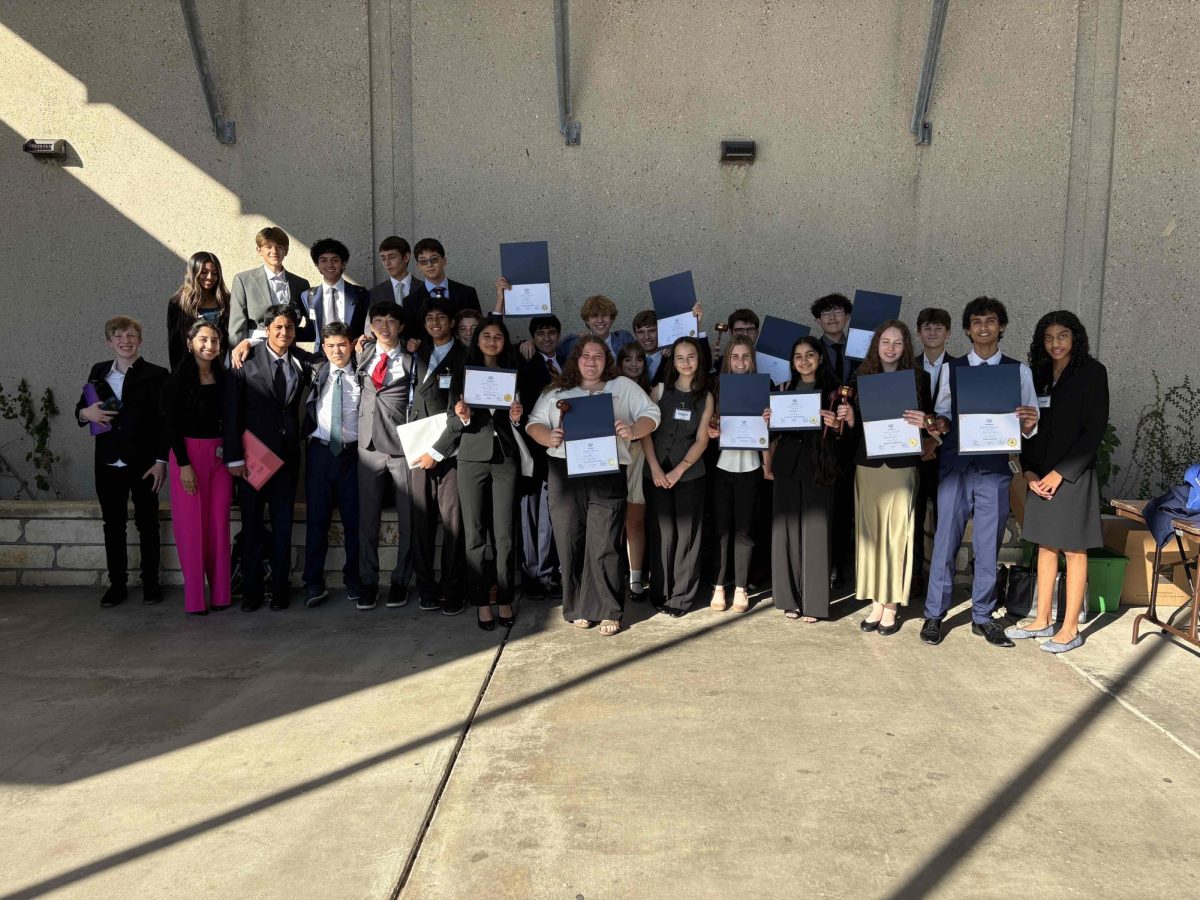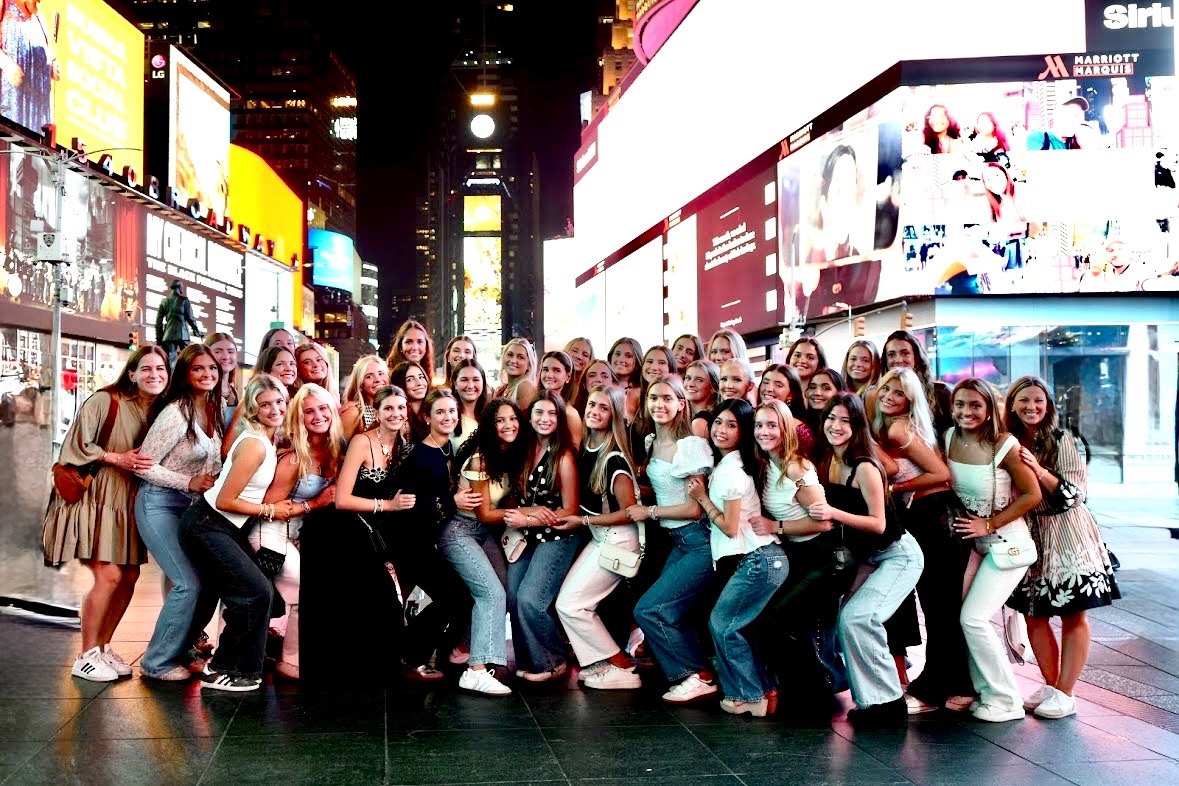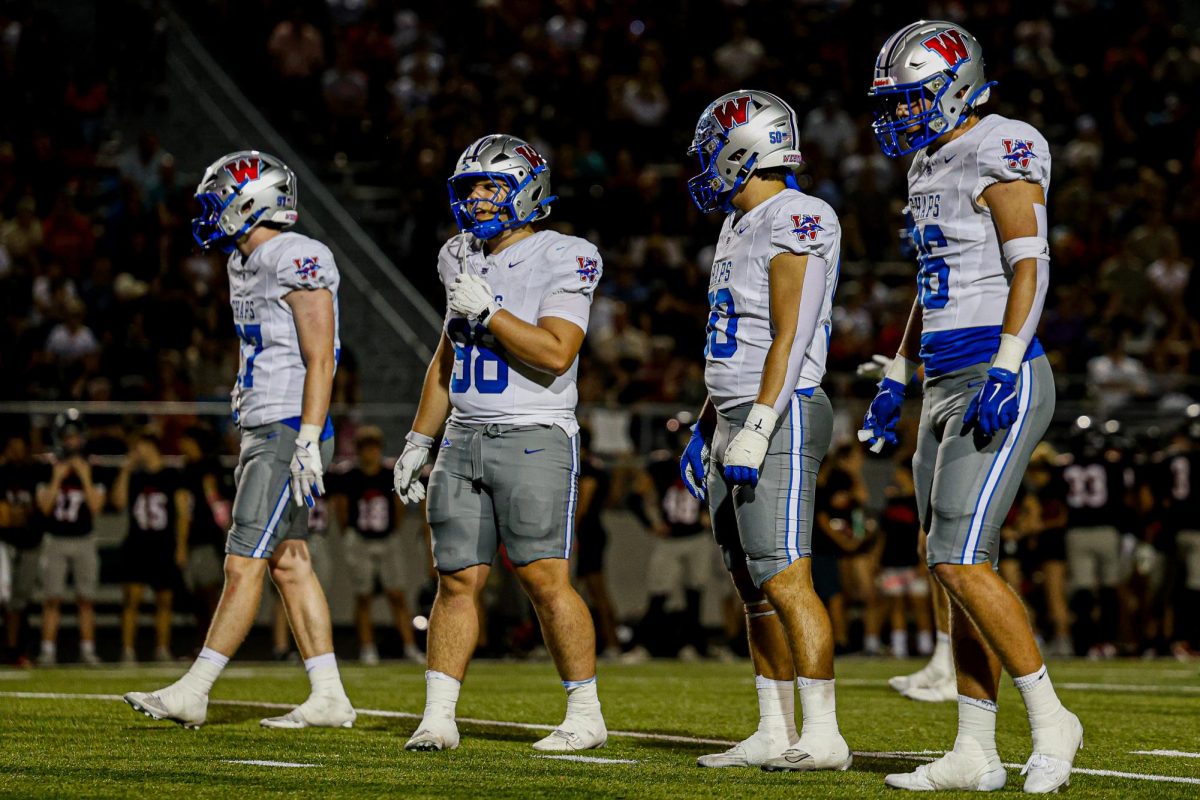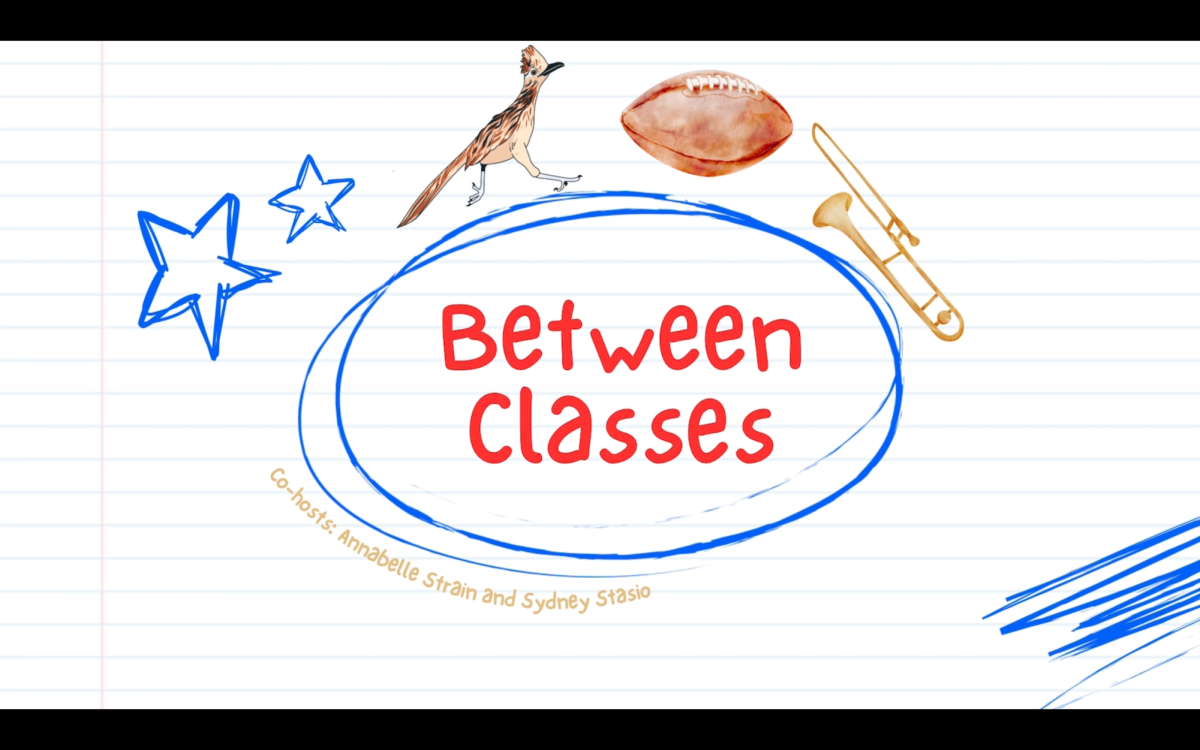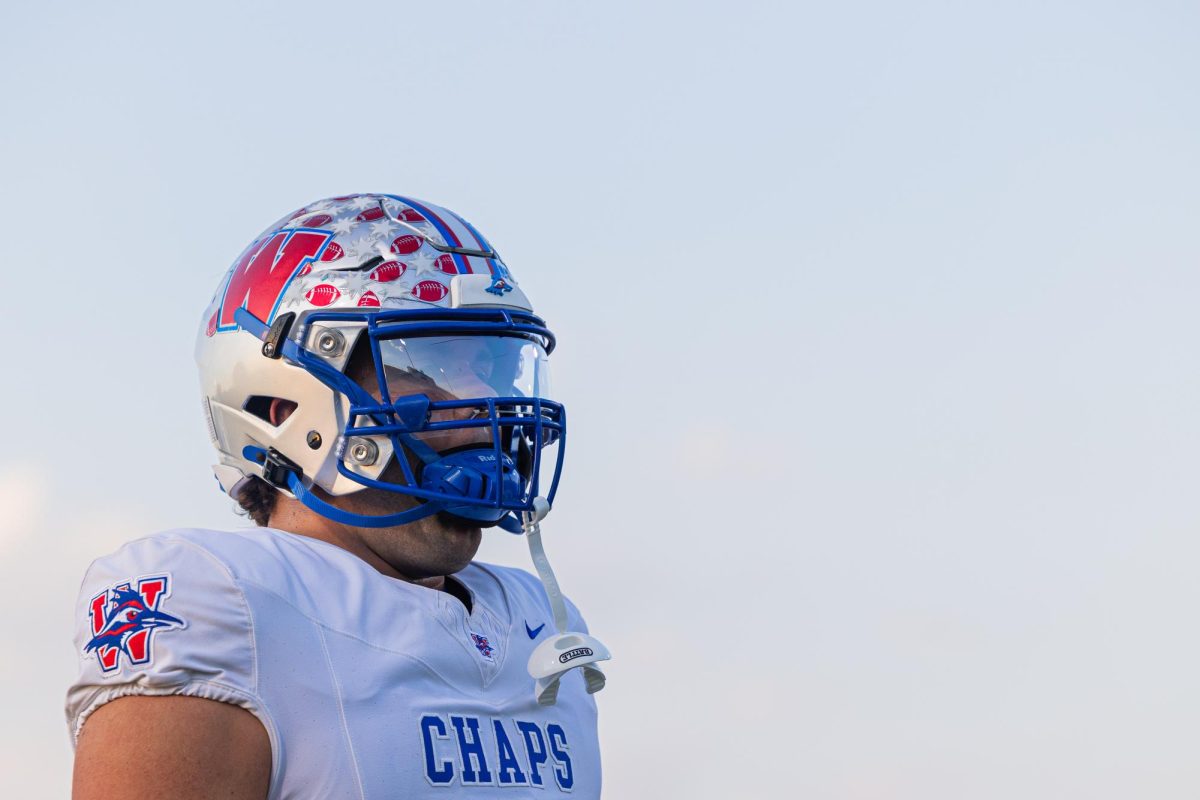New York Times bestselling author Jeff Selingo who has spent his career studying higher education, visited Westlake Oct. 15 to speak about his new book “Dream School: Finding the college that’s right for you,” offering background guidance to students, staff and families preparing for the college admissions process.
Selingo previously published three other books, “Who Gets In and Why,” “There Is Life After College” and “College (Un)Bound.” All of his work follows a core message that students and families must redefine the “dream school” by shifting their focus from prestige and selectivity to personal fit and value.
Surrounded by friends and family talking about the constant struggles throughout the college admissions process, Selingo became interested in why there is so much stress around the process and how families could eliminate it That is the moment when he decided to write his last previous book “Who Gets In and Why?”.
He wondered what it took to get into the colleges and why it really mattered. His new book firmly establishes that a dream school is not a single, elite institution, but a place where a student can flourish and achieve their own goals.
“I really wanted people to think of dreams in a different way,” Selingo said. “I want them to look at a school as where they can fulfill their dreams for what they want out of college. Once we start looking beyond the dreams of others, or what other people perceive as prestigious, or what other people perceive as fit, we start to find what is a good fit for us. That’s the most important finding of this book: there are more than just 25 good colleges out there.”
In the heat of admission stress, it’s easy for the focus to shift from the student’s individual needs to external pressures and potential outcomes, which is why one simple task, deciding where to apply, can be essential for the process.
“Right now my biggest advice is to have a balanced list,” Selingo said. “Make sure that you have a couple of reaches, a couple of target schools and a couple of foundational or safety schools. The students that I find are happiest in the spring, when their applications, when their decisions come back, are those students who had a balanced list, and they and they like schools at all different places on that list.”
Oftentimes the college search is recognized as an experience a student has with the help of their parent or counselor. A frequent recommendation in educational counseling involves establishing a clear boundary to prevent parental overstepping which is frequently noted as an action that could detract from the students’ independent path and process.
“It’s very different from when [parents] applied to college, and it is not their college search,” Selingo said. “Parents tend to try to replicate their own college experience with their own kids. If they went to a big state university, they think their kids should go to a big state university. If they went to a smaller liberal arts college, they think their kids should too. I always remind parents it’s okay to set up guardrails around cost, around location and things like that, but this is not their college search.”
When analyzing application components, Selingo stressed that admission officers review high school transcripts first. They will examine students’ grades, the general rigor of the classwork, and if they challenged themselves.
“You can’t do everything in high school,” Selingo said. “It’s impossible. But did you challenge yourself? And how did you do in those courses? That’s going to be the most important thing in your application.”
With many colleges and universities offering applicants a test-optional path, Selingo advised students to use test scores strategically as supporting evidence for their overall application profile. Students should choose their strategy on a school-to-school basis and clearly understand their reasons for the specific choice or path to take.
“An application is like going before a judge, and you’re trying to make your case about why you should get in,” Selingo said. “Does the test score help that case or does it not really help the case? In other words, does it back up what your transcript says with your grades? Does it provide additional information? If it does, great. But if it doesn’t, or you feel like it takes away from what you’re trying to talk about in the rest of your application, and it’s a test optional school, perhaps you should not submit it.”
The core message Selingo stresses to applicants is that the decision to submit or withhold standardized test scores is rarely a sole factor in determining a college admission outcome.
Selingo noted a significant demographic change related to the decline in size for class of 2026 compared to the class of 2025, though he cautioned it may not ease entry into the nation’s schools, especially the most prestigious and elite ones.
“Class of 2025 was the largest high school graduating class in the US for quite some time, so we’re now going to be in a downturn,” Selingo said. “Now places like Texas and Florida and California are not going to fall as much as everybody else. They’re probably going to be mostly flat. But that does not mean most people think, oh, that means it’s going to be easier to get into college at the most selective colleges. It won’t change much.”
For large, popular schools, the size of the incoming freshman class will likely not change much, even with a high number of applicants. Selingo advised that, regardless of this, students in the Class of 2026 should still approach the application process with the same mindset as those in previous years.
Selingo’s work is driven by a profound desire to fundamentally shift the power dynamics in the college admissions process, a system he believes often leaves families overwhelmed. His objective is to reframe the experience.
“I began working and studying in this field because I wanted to help families make better decisions,” Selingo said. “We think that we think we’re powerless in this situation, and we actually have a lot more power than we think we do.”



